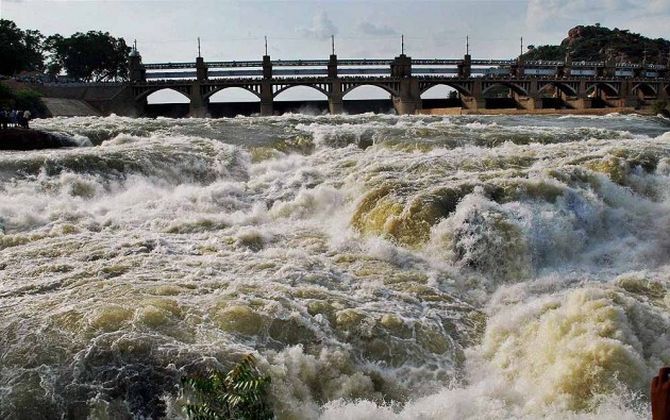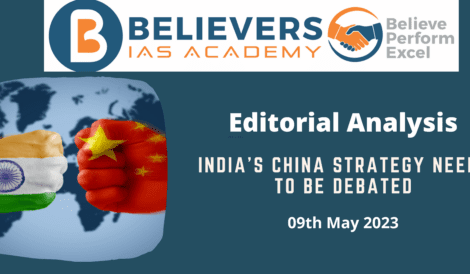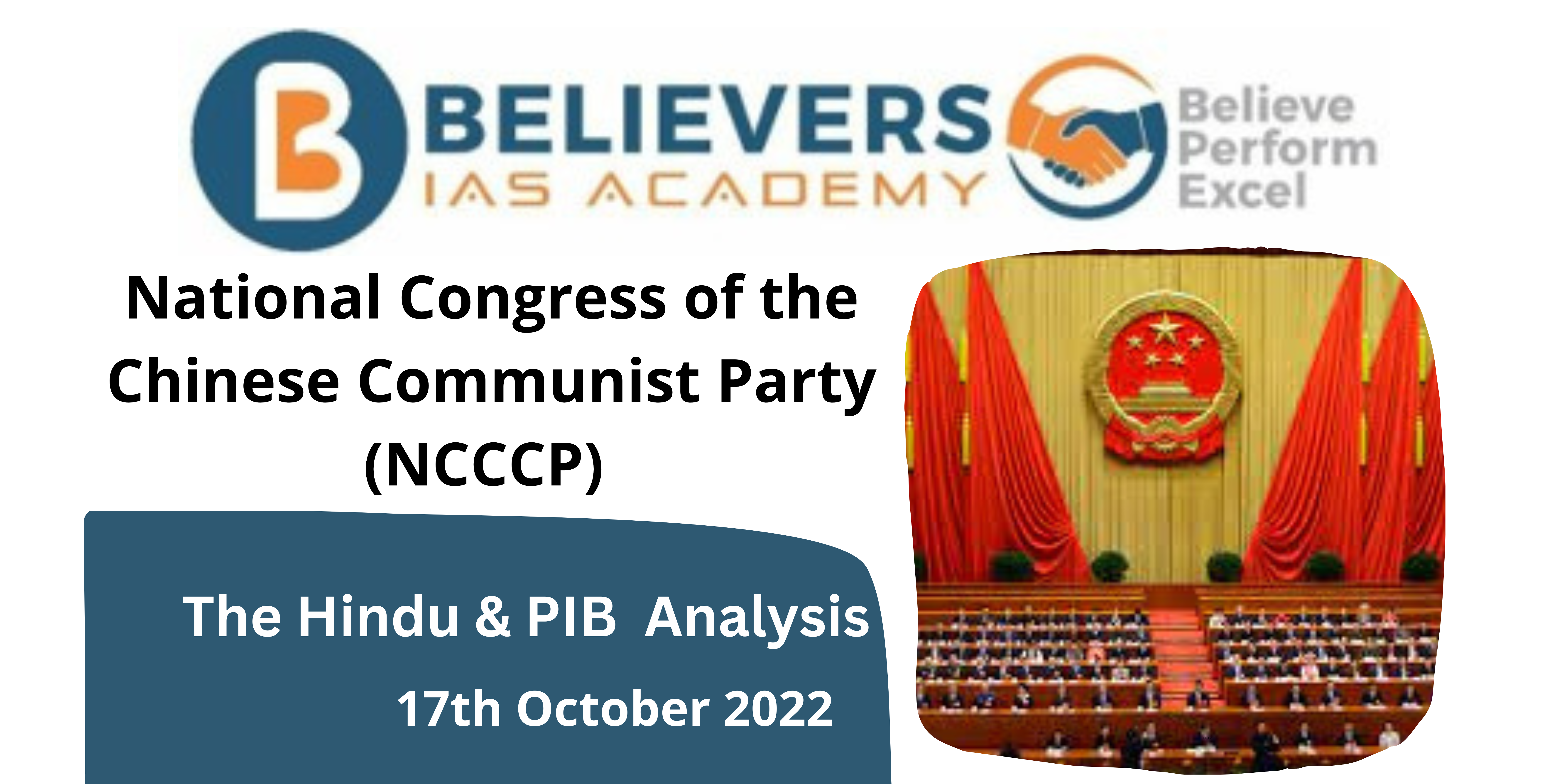SC refuses to intervene to direct Karnataka to release Cauvery water to T.N.
Context
On Thursday, the Supreme Court declined to become involved in the Cauvery water conflict, either on behalf of Tamil Nadu or Karnataka. To handle the water sharing between the two neighbouring States, it instead relied on the combined expertise of the Cauvery Water Regulation Committee (CWRC) and the Cauvery Water Management Authority (CWMA).
What is the Cauvery River Dispute?
- The Cauvery water dispute is a prolonged and intricate water-sharing dispute between the Indian states of Karnataka and Tamil Nadu, as well as other governments that have stakes in the river’s water, including Kerala and Puducherry.
- The issue is on the fair allocation of water from the Cauvery River, which runs through these states and is a crucial resource for agriculture, drinking water, and several other uses.
What was the solution to the river dispute?
- Water Release: Karnataka has begun providing water to Tamil Nadu from its reservoirs following CWMA instructions. Water is being released from reservoirs such as Kabini and Krishnaraja Sagar (KRS).
- Release details: Release Information According to reports, the inflow into the Krishnaraja Sagar (KRS) reservoir was 2,300 cusecs, and the outflow from the reservoir was 4,398 cusecs. The Kabini reservoir was said to have an output of 2,000 cusecs. 6,398 cusecs would be the total output from both reservoirs combined.
- CWMA Order: From September 8 to September 12, the CWMA ordered Karnataka to ensure a daily discharge of 5,000 cusecs of water at Billigundulu on the interstate border. Karnataka claimed it couldn’t release this sum, however, the CMWA upheld the recommendation.
What were the concerns from the side of Tamil Nadu?
- Senior attorneys Mukul Rohatgi and G. Umapathy, speaking on behalf of Tamil Nadu, expressed concern about the CWRC’s decision to cut the amount of water Tamil Nadu needed from Karnataka from 7,200 cusecs to 5,000 cusecs in its final order
Why did the Supreme Court choose not to intervene with the decisions of the CWMA?
- Expert Committees: The Cauvery Water Regulation Committee (CWRC) and the Cauvery Water Management Authority (CWMA), which were established to oversee and control water distribution between Karnataka and Tamil Nadu, were acknowledged by the Supreme Court as existing. These committees, which are made up of water management specialists, have been monitoring the situation regularly.
- Regular Review: The CWRC and CWMA met every 15 days to discuss the water flow and the difficulties that Karnataka and Tamil Nadu were experiencing. They were able to make judgments based on the changing scenario, which took into account elements like crop requirements and drought conditions, thanks to this routine evaluation.
- Satisfaction with Expert Committee: The Supreme Court was pleased with the work of these expert groups and stated this to us. They believed that before deciding on the water supply by Karnataka at the rate of 5,000 cusecs a day to Tamil Nadu, the committees had taken into account all pertinent facts, including the drought condition.
- Avoiding Bias: The Supreme Court worked to minimize any perception of bias or political influence in its decision-making by refraining from interfering and giving the expert panels the final say. This strategy adheres to the idea that subject matter experts are best suited to address technical and scientific issues relating to water allocation.
Conclusion
In conclusion, the Supreme Court’s decision is centred on its reliance on expert committees, the issues raised by both Karnataka and Tamil Nadu regarding the water release order, and the different needs and challenges that the two states are dealing with, including Tamil Nadu’s urgent need for water for crops and Karnataka’s potential urban drinking water crisis. For the purpose of handling the Cauvery water conflict, the Court has accepted the committees’ expertise.





